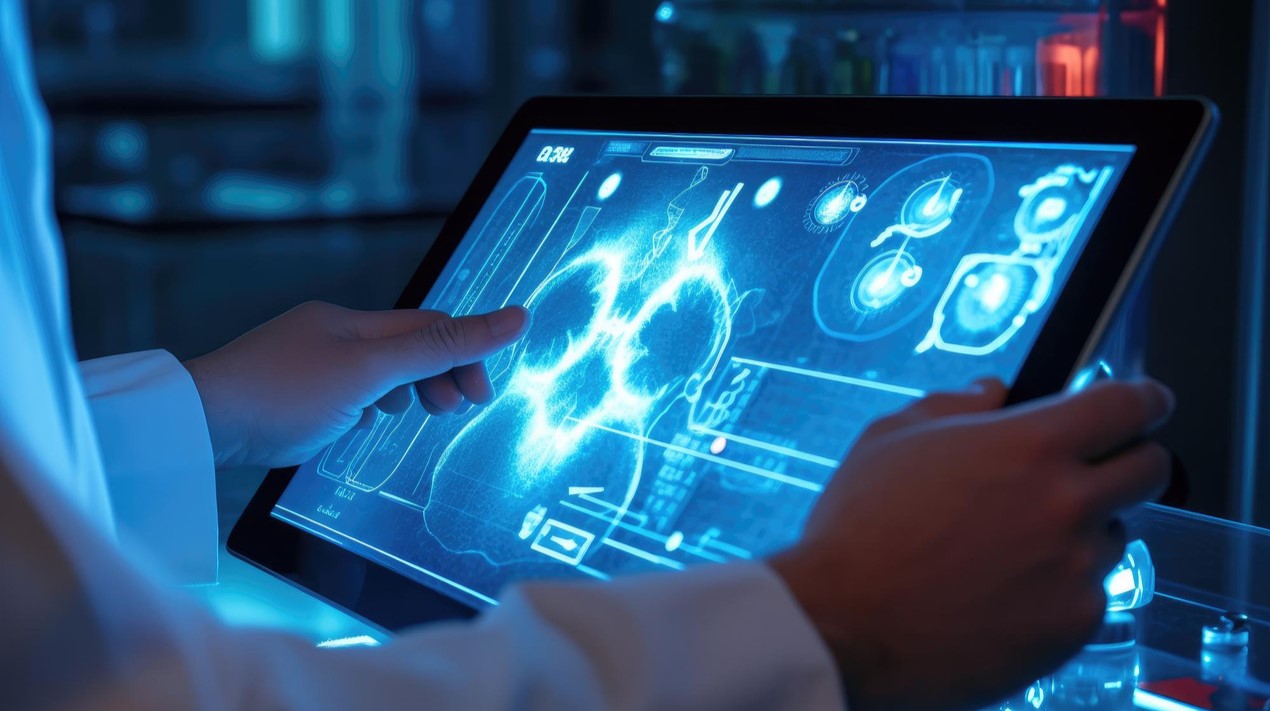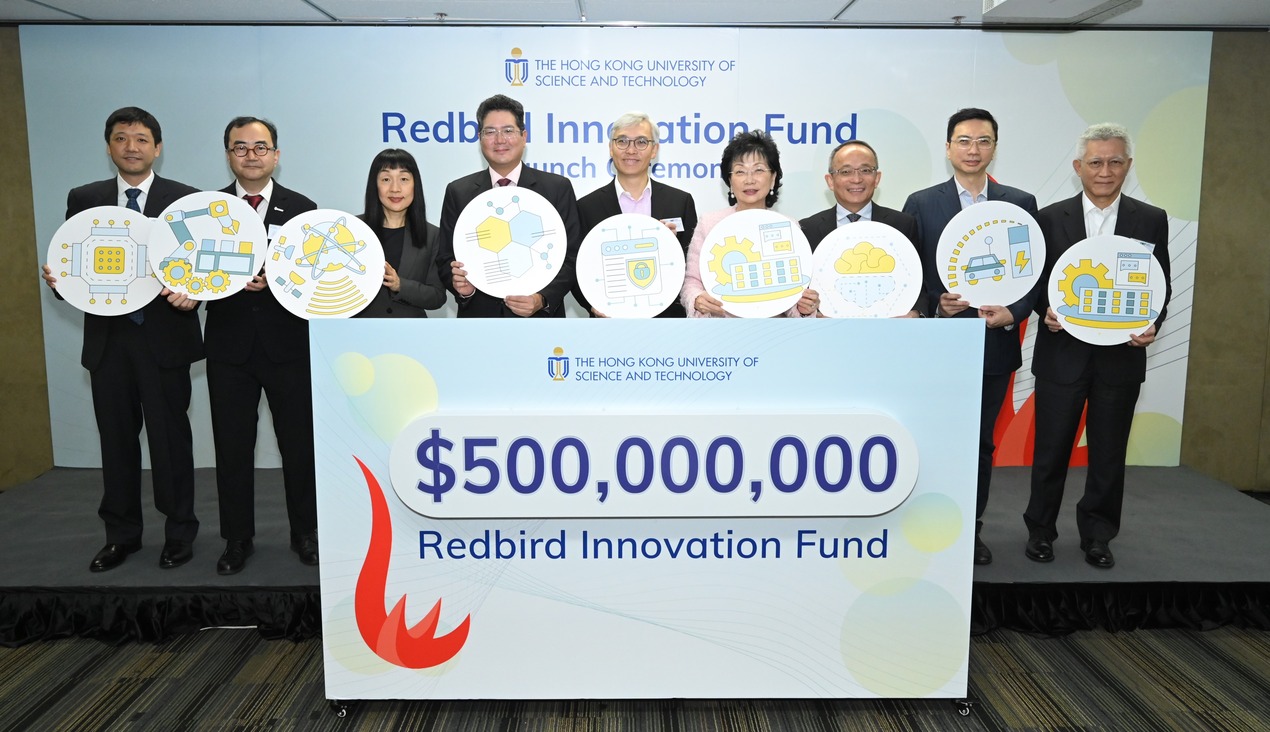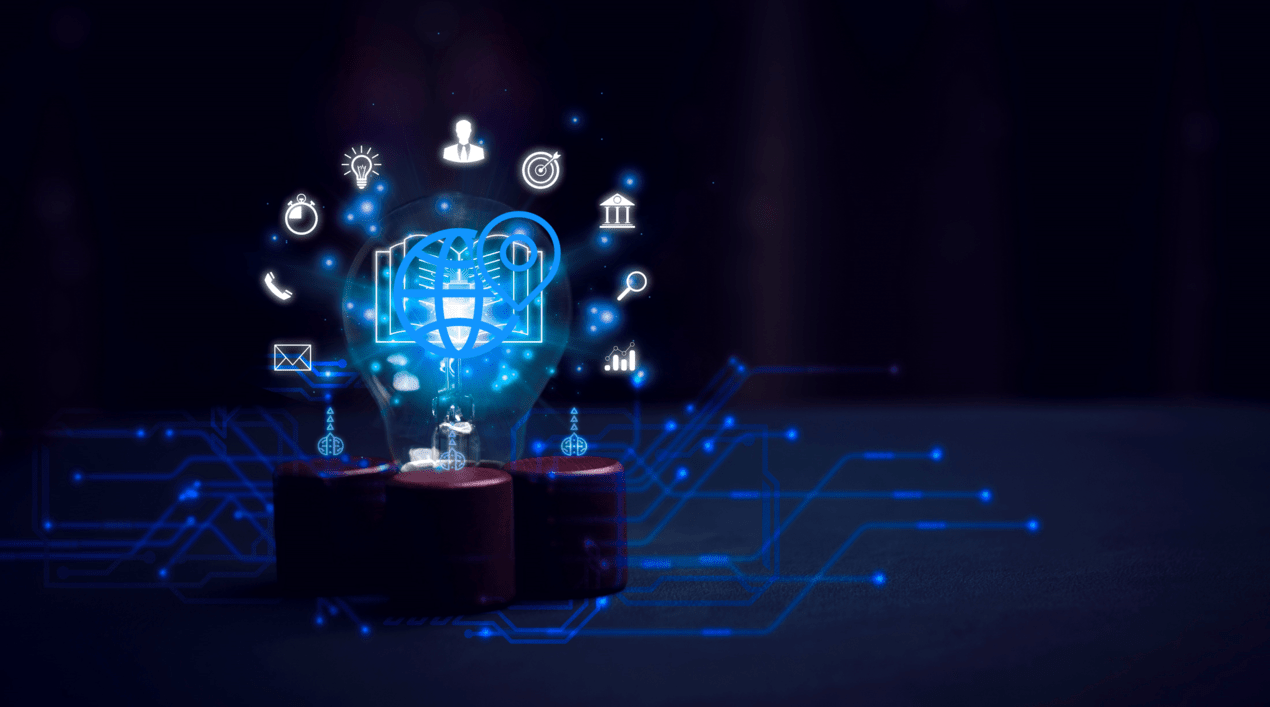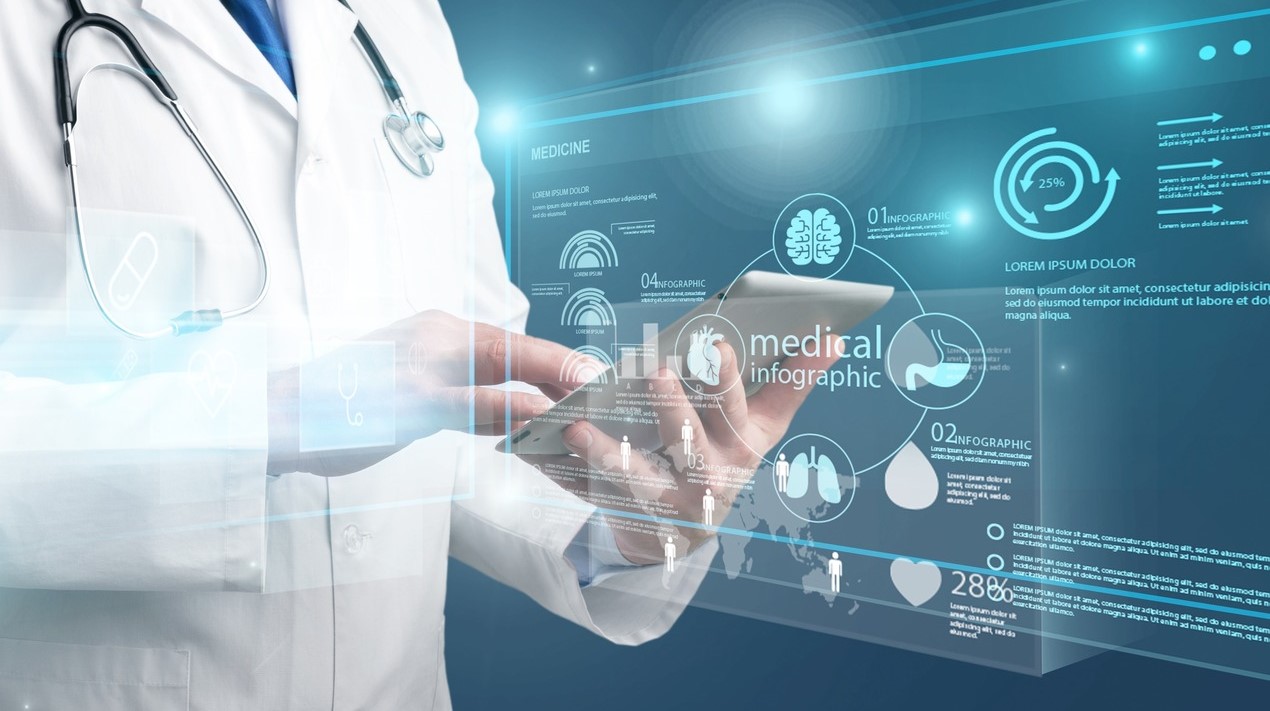
|
Getting your Trinity Audio player ready...
|
The convergence of digital technology and chemical synthesis heralds a new era of efficiency and sustainability. At the forefront of this transformation are machine learning algorithms, sensors, robotics, and digital twins, collectively reshaping the traditional paradigms of chemical reactions. As the world shifts towards greener power sources, such as electricity, a profound exploration of these digital tools becomes imperative for enhancing the efficiency and sustainability of chemical processes.
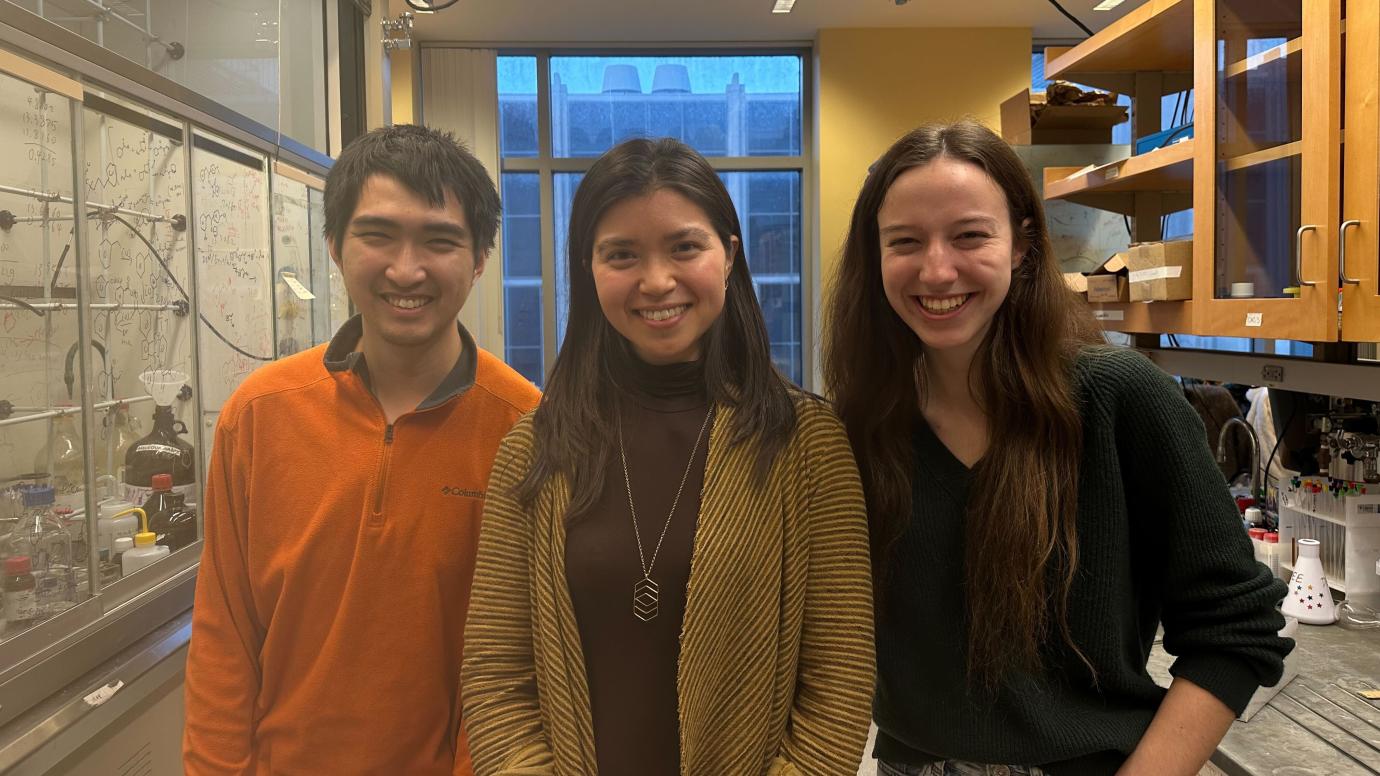
With their ability to analyse vast datasets and intricate patterns, machine learning algorithms present a paradigm shift in catalyst design. Traditionally, the development of catalysts relied on empirical approaches and extensive trial-and-error processes. However, with machine learning, chemists can now expedite the discovery of catalysts that are not only more efficient but also highly selective in their reactions. The promise lies in understanding the underlying molecular interactions at a fundamental level and leveraging this knowledge to predict and design catalysts with unprecedented precision.
This digital transformation extends beyond catalyst design to real-time monitoring of chemical reactions using sensors and advanced data analysis tools. The combination of sensors with analytics enables continuous surveillance of the reaction process. Any deviations or anomalies can be promptly identified, allowing immediate intervention and optimisation. This real-time feedback loop enhances chemical manufacturing processes’ overall control and efficiency.
Integrating robotics into chemical manufacturing adds another layer of advancement. Robots, equipped with precision and safety measures, can handle hazardous materials and execute dangerous tasks that pose risks to human operators. Deploying robots in chemical processes ensures personnel’s safety and enhances manufacturing operations’ overall reliability and efficiency.
Digital twins, virtual replicas of physical processes, emerge as powerful tools in optimising chemical reactions. By creating a digital twin of a chemical process, researchers can simulate various conditions and scenarios, allowing for the identification of optimal reaction parameters.
This virtual experimentation minimises the need for extensive and resource-intensive trial runs in the physical realm, reducing time and resource consumption. Digital twins provide a pathway to sustainable synthesis by enabling the exploration of environmentally friendly reaction conditions.
The confluence of these digital technologies is particularly evident in a study conducted by UChicago chemists. The study uses electricity to enhance a specific chemical reaction crucial for synthesising pharmaceutical drug candidates. Led by Anna Wuttig, the Neubauer Family Assistant Professor at UChicago, the research delves into the complexities of electrochemistry to design more efficient and sustainable chemical reactions.
In electrochemistry, inserting a conductive solid (an electrode) into the reaction mix adds complexity. Wuttig and her team aimed to understand the fundamental interactions occurring at the electrode interface. The study revealed that the surface of the electrode itself plays a catalytic role in the reaction, but controlling these interactions at the molecular level posed a significant challenge.
To address this challenge, the team focused on a typical manufacturing reaction involving the formation of a bond between two carbon atoms. Theoretical predictions suggested a 100% yield when the reaction was performed using electricity from renewable sources. However, actual lab experiments yielded a lower output, indicating that the presence of the electrode influenced the molecular interactions during the reaction.
Through meticulous experimentation, the researchers identified a key solution – adding a chemical known as a Lewis acid to the liquid solution. This addition redirected the molecules, producing a near-clean reaction with a higher yield. The study demonstrated the potential of electricity in enhancing chemical reactions and showcased the application of digital techniques, such as imaging, to visualise and understand molecular-level interactions.
Moreover, the study highlighted the reusability of the electrode, a significant advantage in sustainable synthesis. Unlike traditional reactions where the catalyst is dissolved in the liquid and drained away during purification, the electrode can be reused for multiple reactions. This contributes to sustainability and aligns with the broader goal of minimising waste in chemical processes.
Wuttig emphasised the significance of this research as a step towards sustainable synthesis, envisioning a future where these concepts and strategies can be applied to address various synthetic challenges. The study exemplifies the potential of leveraging digital technologies, such as machine learning, sensors, and digital twins, to unravel the complexities of electrochemistry and pave the way for more sustainable and efficient chemical manufacturing.
As the digital transformation of chemical processes accelerates, the collaboration between machine learning, sensors, robotics, and digital twins opens new frontiers in understanding, optimising, and controlling chemical reactions. Integrating these digital tools enhances the efficiency and sustainability of chemical manufacturing and propels the field towards innovative solutions for future challenges. Combining chemistry and digital technology in this evolving landscape promises a greener, more sustainable future for the global chemical industry.



